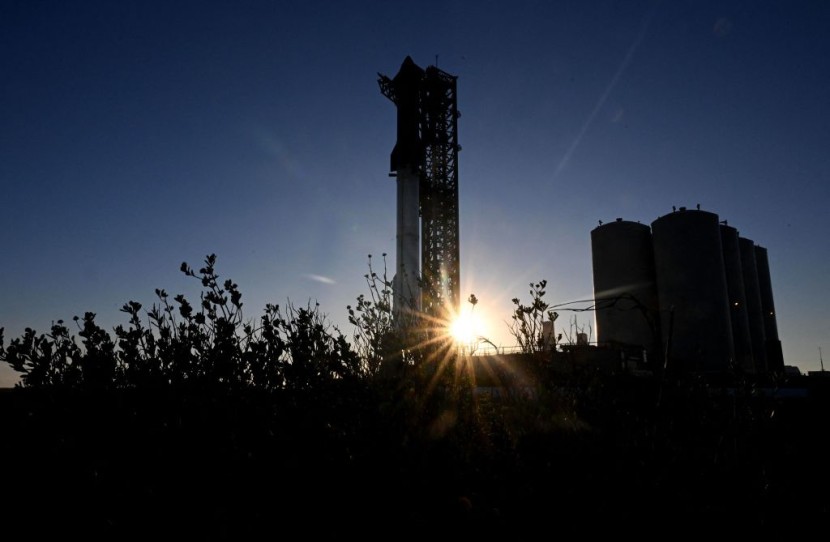SpaceX has been planning to launch its second-ever test flight of its giant Starship rocket on Friday (November 17) after receiving its permit to fly from the Federal Aviation Administration (FAA).
The flight test was approved after the explosive first attempt last April after the FAA determined that SpaceX "met all safety, environmental, policy and financial responsibility requirements."
As a result, public notices were issued to mariners indicating that there was a backup launch window from November 18 to 20 should Friday's launch attempt be scrubbed.
The Starship spacecraft and its Super Heavy booster - launching out of Starbase, SpaceX's facility in Boca Chica, Texas - is a vital part of the company's plans to eventually put humans on Mars, and in the short-term, ferry humans back to the Moon after Apollo 17 more than 50 years ago.

How the Launch Would Happen
According to Space.com, liftoff is scheduled to occur during a two-hour window that opens at 08:00 Eastern Time (13:00 UTC).
SpaceX would begin its webcast 30 minutes before launch (07:30 Eastern/12:30 UTC), followed by a sequence where all of its engines would begin to chill ahead of ignition.
Ten seconds before the launch, the Starship launch pad would activate its water deluge system to dampen the power of Super Heavy's 33 Raptor engines, as well as protect the launch mount and surrounding infrastructure.
The flight plan for Friday's launch was reportedly similar to the previous flight test last April, which involved the Super Heavy falling into the Gulf of Mexico. As for Starship, it would be expected to almost complete a full orbit of the Earth before re-entering and - if it survives reentry - splash down off the coast of Hawaii in the Pacific.
The said flight plan did not happen in April's flight test since the rocket failed to accurately meet flight milestones, prompting SpaceX to intentionally detonate the vehicle four minutes after liftoff.
Starship and Super Heavy were designed to eventually be fully reusable, similar to SpaceX's current workhorses, Dragon capsules, and Falcon 9 and Falcon Heavy first-stage boosters, respectively.
"This rapid iterative development approach has been the basis for all of SpaceX's major innovative advancements, including Falcon, Dragon, and Starlink," The company's mission description stated.
"Recursive improvement is essential as we work to build a fully reusable transportation system capable of carrying both crew and cargo to Earth orbit, help humanity return to the moon, and ultimately travel to Mars and beyond."








